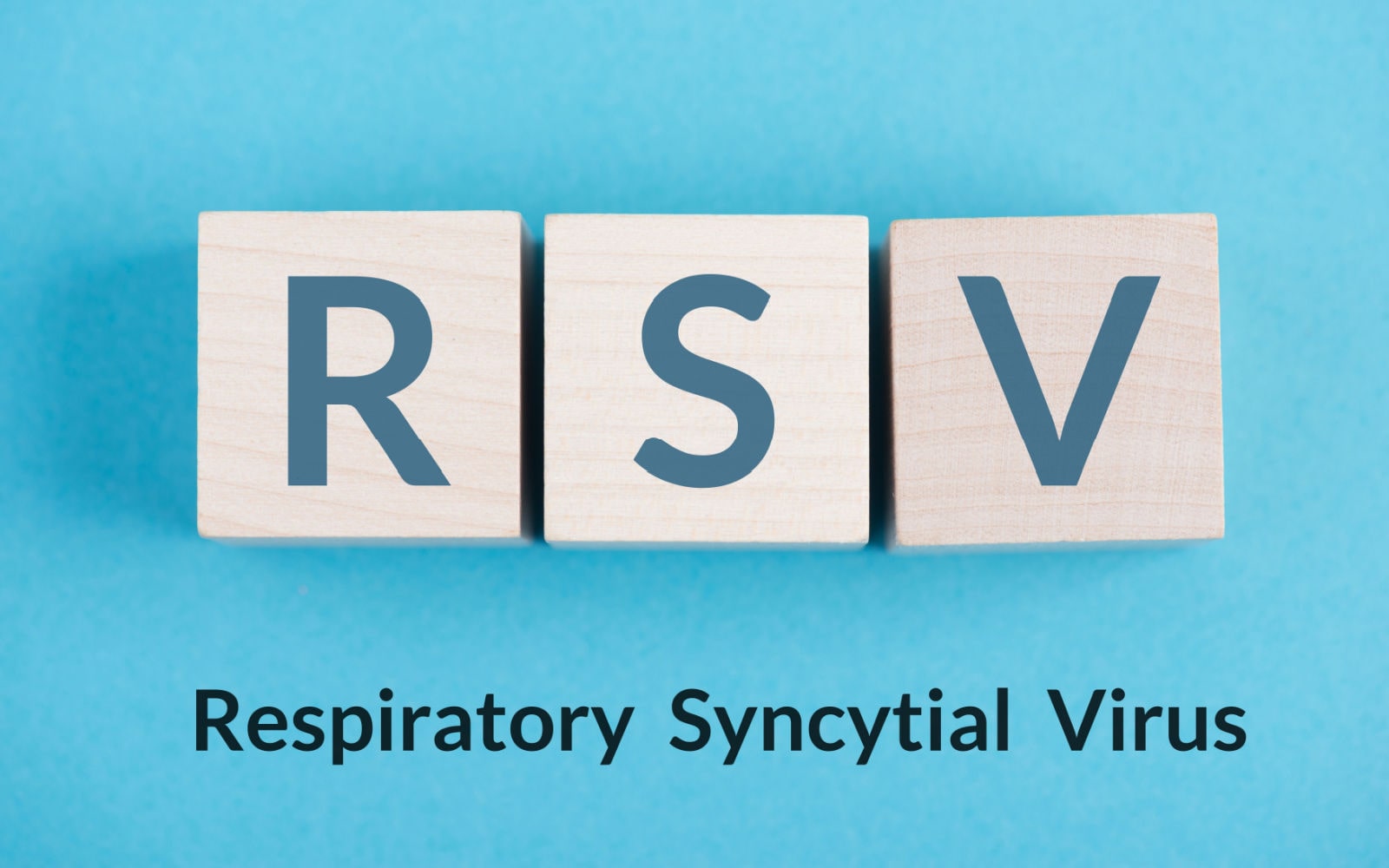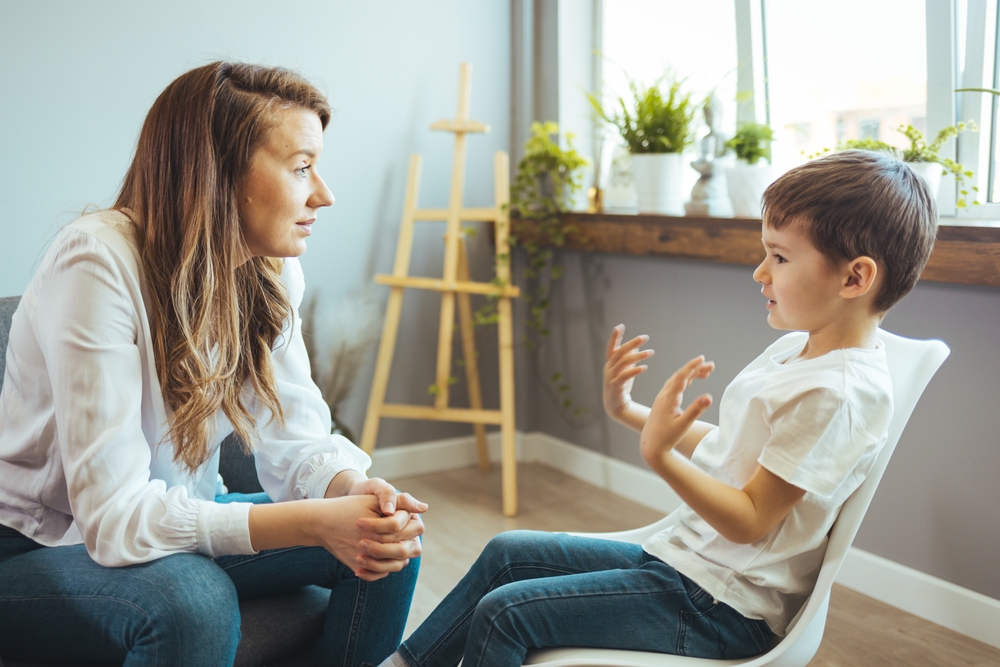Before they become two years old, almost all kids contract RSV at least once. RSV is as expected in healthy kids as a cold. But RSV can cause serious illness in particular kids.
Respiratory infections are one of the many viruses that cause respiratory illnesses—nose, throat, and lung ailments. Typically, this virus strikes between late fall and early spring. However, local conditions may vary.
RSV Symptoms and How They’re Different From a Common Cold.
For COVID-19, mask use and physical separation led to a decrease in RSV incidence in 2020. However, as COVID-19 vaccinations were available and safety precautions were loosened, RSV infections increased in spring 2021. This year, the RSV virus and other seasonal respiratory infections like the flu have begun to spread earlier than usual. RSV often results in a cold that may progress to bronchiolitis or pneumonia. The usual duration of symptoms is 5-7 days. Symptoms of a respiratory infection are similar to a cold. The following are symptoms to look for:
- fever (body temperature of at least 100.4)
- (Dry or wet sounding) cough
- Congestion
- clogged nose
- Sneezing
- Fussiness
- rapid respiration
- breathing with a head nod and flared nostrils
- breathing in and out rhythmically
- belly breathing, pulling on the lower neck or between the ribs
- Wheezing
When newborns must utilize the muscles in their neck or between the ribs to breathe, the chest wall retracts. It is an indication that your kid is breathing more laboriously than usual. As your youngster inhales, keep an eye on their rib cage. They are working too hard if you notice it “caving in” and producing an upside-down “V” shape under the neck. Low birth weight, having siblings, exposure to secondhand smoke in the home, a family history of allergies and eczema, not breastfeeding, being around children in a childcare facility, and living in cramped quarters are all additional risk factors for severe RSV infections.
Pediatricians enquire about symptoms and perform physical exams to determine whether a kid has a cold or bronchiolitis. Your physician may perform a nasal swab test to ascertain whether your kid has RSV or another virus. A chest x-ray and an oxygen saturation test may be performed to check for lung congestion. These tests are often unnecessary because most kids recover without issue, and RSV cannot be treated. 2 to 8 days after RSV exposure, symptoms may start to show. According to the CDC, people with RSV infections often remain infectious for 3 to 8 days. Even if they are not exhibiting symptoms, babies and persons with compromised immune systems can spread the disease for up to four weeks. Remember that RSV can occur more than once in children and adults, even within a single season. Repeat infections, however, frequently have less impact than the initial one.
Treating RSV Symptoms with Advanced Pediatrics of Rockland.
Medicine is constantly evolving! Researchers are looking at RSV treatments and vaccines right now. Future alternatives might be more outstanding. Your kid can get Advanced Pediatrics of Rockland’s assistance with RSV’s harsh symptoms. If you live in the Pomona, NY, area, call us at (845) 364-9800 to make an appointment with Dr. Andrew Satran.





